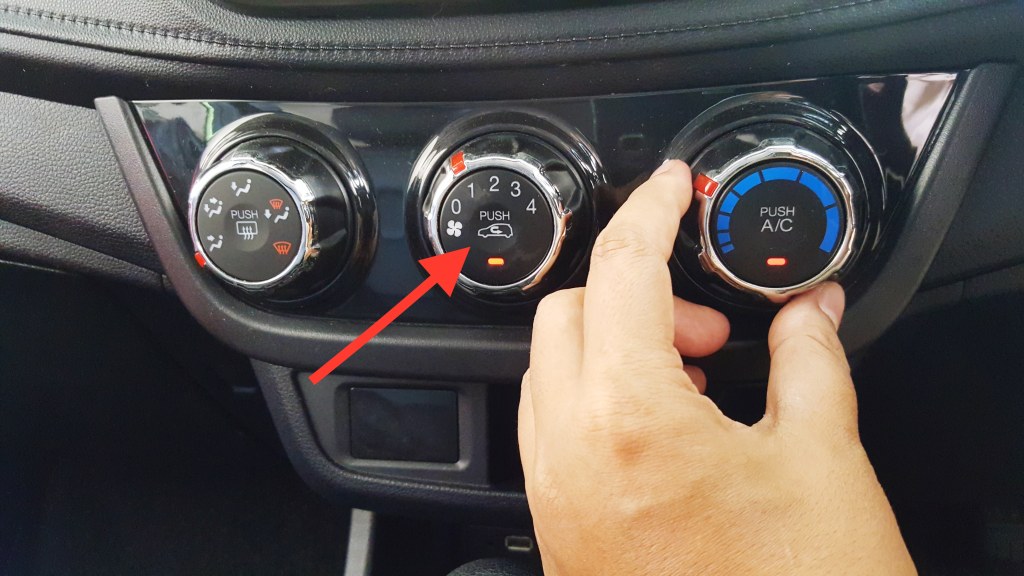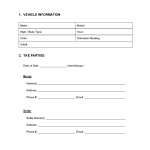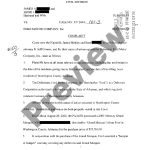Unlock The Power: When To Use Recirculate In Car For Optimal Performance
When to Use Recirculate in Car: A Comprehensive Guide
Welcome, Car Enthusiast! In this article, we will delve into the topic of when to use recirculate in car. Whether you’re a seasoned driver or a beginner, understanding when to utilize the recirculate function in your car’s ventilation system is crucial for a comfortable and safe ride. Read on to discover the benefits, drawbacks, and everything you need to know about when to use recirculate in car.
Introduction
When it comes to the ventilation system in your car, the recirculate function plays a vital role. This feature allows you to change the airflow, ensuring fresh or recirculated air enters your vehicle’s cabin. Understanding when to use recirculate in car is essential for various scenarios, such as during bad weather, heavy traffic, or when pollutants are present in the outside air.
3 Picture Gallery: Unlock The Power: When To Use Recirculate In Car For Optimal Performance



By utilizing the recirculate function, you have control over the air quality within your car. In this article, we will explore the different aspects of when to use recirculate in car, including what it is, who should use it, when it is most beneficial, where to apply it, why it is important, and how to use it effectively.
What is Recirculate in Car?
Recirculate in car is a ventilation function that allows you to recirculate the air inside your vehicle’s cabin instead of drawing air from the outside. When activated, it prevents outside air from entering the car and instead recirculates the existing air inside. This can be useful in various situations where outside air quality is poor, such as in heavy traffic, areas with high pollution levels, or during bad weather conditions.
The Benefits of Using Recirculate in Car

Image Source: kinja-img.com
1. 🌬️ Improved Air Quality: By recirculating the air within your car, you can reduce the amount of pollutants, dust, and allergens entering the cabin. This is especially beneficial for individuals with respiratory conditions or allergies.
2. 🚗 Reduced Odors: Recirculating the air can help minimize unpleasant odors from entering your car, such as exhaust fumes, cigarette smoke, or outside smells.
3. 🔒 Enhanced Privacy: When you activate the recirculate function, it limits the visibility of your car’s interior as the windows remain closed. This can be advantageous in certain situations where privacy is desired.
The Drawbacks of Using Recirculate in Car
1. 🌡️ Reduced Fresh Air Supply: While recirculating the air can improve air quality, it also reduces the fresh air supply inside your car. Prolonged use of the recirculate function may lead to a decrease in oxygen levels, causing drowsiness or discomfort.

Image Source: imgix.net
2. 🌬️ Increased Humidity: Recirculating the air can lead to higher humidity levels inside the car, especially if the air conditioning system is not properly maintained. This can result in foggy windows or a stuffy atmosphere.
3. 🔊 Limited Ventilation: When the recirculate function is active, it restricts the amount of fresh air entering the cabin. This can lead to a lack of airflow, resulting in a warm or stuffy environment.
Who Should Use Recirculate in Car?
Recirculate in car is beneficial for all drivers and passengers, but it is particularly useful for individuals who frequently drive in areas with poor air quality or high levels of pollution. Additionally, those who suffer from allergies, asthma, or other respiratory conditions may find the recirculate function helpful in reducing exposure to irritants.
When to Use Recirculate in Car?
The recirculate function should be used in specific situations to ensure optimal air quality and comfort inside your car. Here are some scenarios when you should consider using recirculate in car:

Image Source: brightspotcdn.com
1. 🌧️ Bad Weather: During heavy rain, snowstorms, or dusty conditions, activating the recirculate function can prevent outside elements from entering your car, ensuring a clear view and better air quality.
2. 🚦 Heavy Traffic: In congested areas with slow-moving traffic, using recirculate in car helps minimize exposure to exhaust fumes and pollutants emitted by surrounding vehicles.
3. 🚧 Construction Zones: When driving through areas with construction activities or high levels of dust, recirculating the air prevents these particles from entering your car and affecting the air quality.
4. 🌆 Urban Environments: In heavily populated urban areas where pollution levels are typically higher, the recirculate function can reduce the intake of smog, exhaust fumes, and other pollutants.
5. 🌲 Near Industrial Areas: If you find yourself driving near industrial zones or factories, activating recirculate in car helps avoid inhaling harmful gases or chemicals released by these facilities.
Where to Use Recirculate in Car?
The recirculate function can be used in any vehicle equipped with this feature. Whether you’re driving a sedan, SUV, or truck, you can take advantage of recirculate in car to ensure a clean and comfortable cabin environment.
Why is Recirculate in Car Important?
Recirculate in car is important for several reasons:
1. 🌿 Health and Comfort: By recirculating the air, you can minimize exposure to pollutants, allergens, and unpleasant odors, promoting better health and overall comfort during your car journey.
2. 🌍 Environmental Impact: When you use the recirculate function, you contribute to reducing air pollution as fewer pollutants enter the atmosphere from your car.
3. 💲 Fuel Efficiency: By recirculating the air inside your car, you lessen the strain on the air conditioning system, resulting in improved fuel efficiency and lower fuel consumption.
How to Use Recirculate in Car?
Using the recirculate function in your car is simple. Follow these steps:
1. Locate the recirculate button or switch on your car’s dashboard. It is usually labeled with an icon depicting a circular arrow.
2. Press the recirculate button to activate the function. You may also need to adjust the fan speed and temperature settings to your preference.
3. Monitor the air quality and cabin comfort while driving. If necessary, switch back to fresh air mode when the outside conditions improve.
Frequently Asked Questions (FAQs)
1. Can I use recirculate in car all the time?
No, it is not recommended to use the recirculate function all the time. Prolonged use can lead to decreased oxygen levels and increased humidity inside the car. Use it in specific scenarios such as bad weather, heavy traffic, or areas with poor air quality.
2. Will recirculate in car save fuel?
While using recirculate in car may improve fuel efficiency to a certain extent, the impact is minimal. The primary purpose of recirculating the air is to enhance air quality and cabin comfort rather than solely saving fuel.
3. Is recirculate in car the same as air recirculation?
Yes, recirculate in car and air recirculation refer to the same function. Both terms describe the process of recirculating the air inside the car’s cabin instead of drawing it from the outside.
4. Can I use recirculate in car with the air conditioning on?
Yes, you can use recirculate in car with the air conditioning system activated. However, keep in mind that recirculating the air may lead to increased humidity levels inside the car. Proper maintenance of the air conditioning system is crucial to prevent excessive humidity and ensure optimal cooling performance.
5. Will recirculate in car eliminate bad odors completely?
While recirculating the air can help reduce unpleasant odors, it may not eliminate them completely. Persistent or strong odors may require additional measures, such as using air fresheners or addressing the source of the odor.
Conclusion
In conclusion, knowing when to use recirculate in car is essential for maintaining a clean and comfortable environment inside your vehicle. By utilizing this function during specific situations, such as bad weather, heavy traffic, or areas with poor air quality, you can improve air quality, reduce exposure to pollutants, and enhance your overall driving experience. Remember to use the recirculate function responsibly, ensuring proper ventilation and monitoring cabin comfort. Drive safely and enjoy the benefits of recirculate in car!
Disclaimer: The information provided in this article is for educational and informational purposes only. Always refer to your car’s user manual and consult with a professional for specific advice related to your vehicle.
This post topic: Used Car


